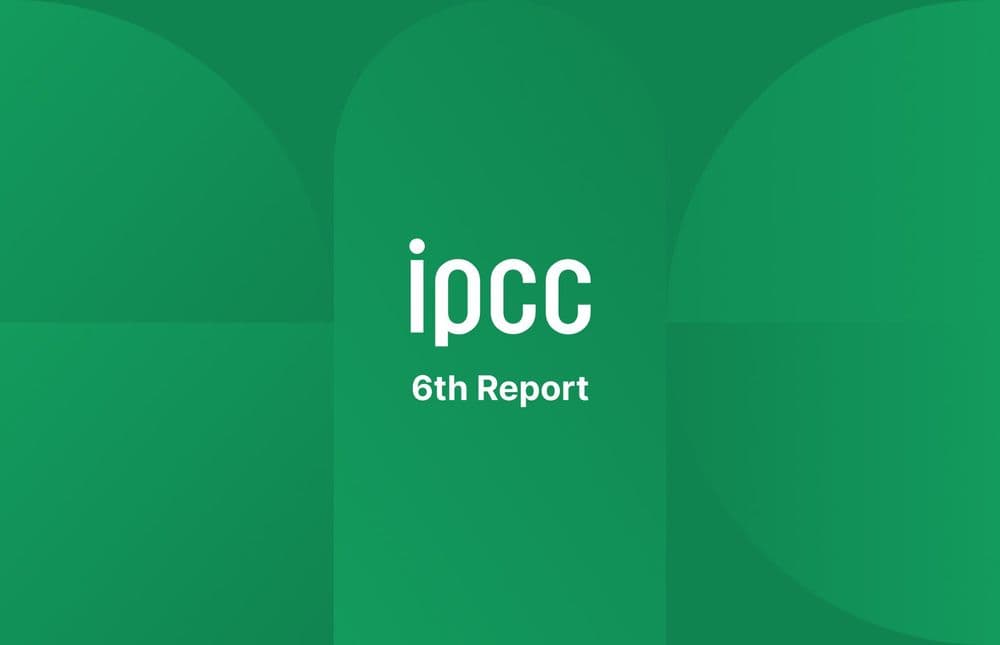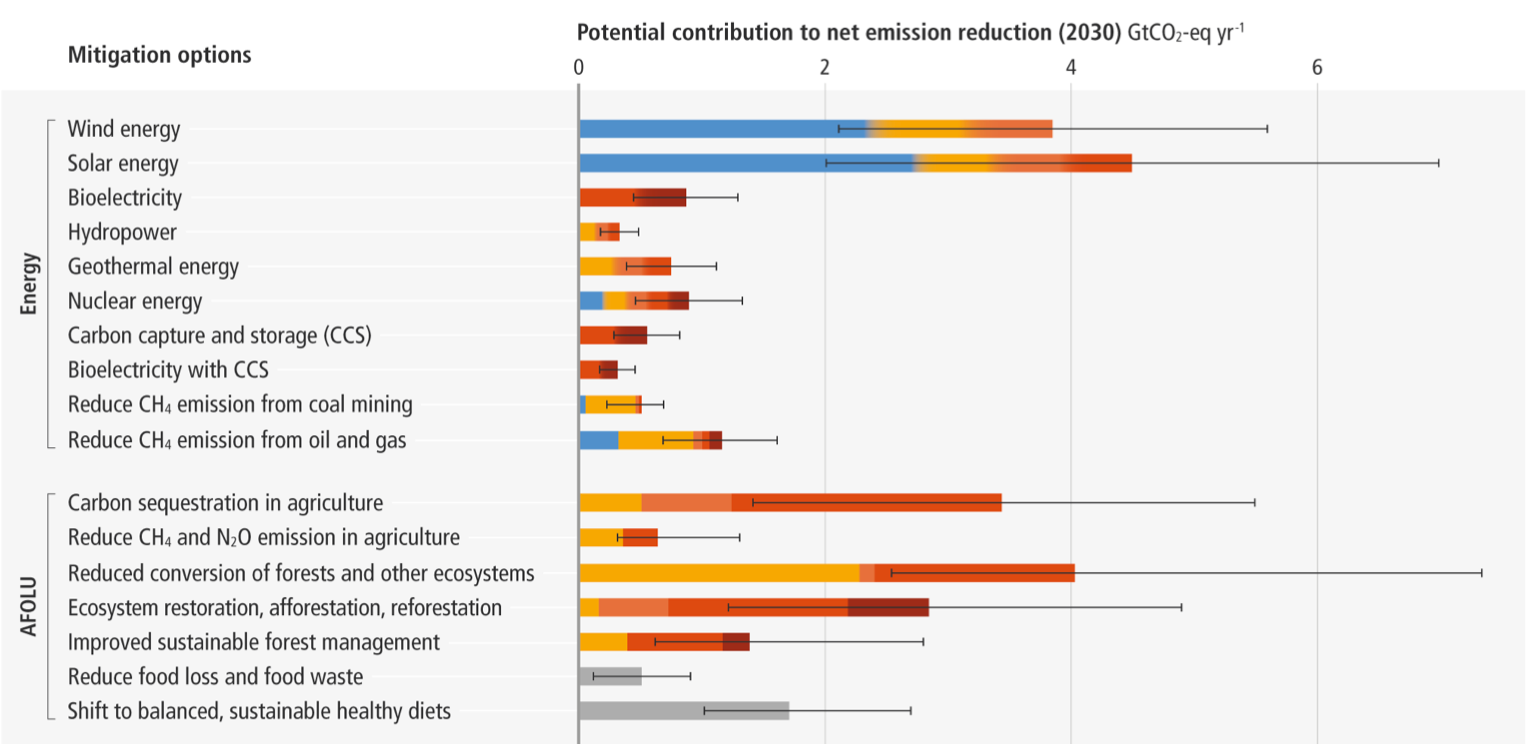
Forests and carbon capture: the verdict from the latest IPCC report
4/16/2022
|

Chris Thomas

As if we needed any further reminders of the seriousness of the climate emergency, the IPCC have released the final part of its Sixth Assessment Report. While it lays out in no uncertain terms the extent of the challenge, there is cause for optimism as the focus is on “the linkages between climate change mitigation, adaptation and development”.
Firstly, the bad news: clearly the window of opportunity to limit serious temperature rises is fast closing. Not only have emissions not reduced, they continue to rise.
But this report was less about the bad news, and more about what we can do to fix this. Alongside a recommendation for “rapid and deep” emissions reductions to limit global warming to less than 1.5 or 2°C, there was a new focus given to carbon dioxide removal (CDR) in all its forms: “The deployment of CDR to counterbalance residual emissions is unavoidable if net zero CO₂ or GHG emissions are to be achieved.” (Section C.3)
This insightful table essentially puts man-made solutions side by side with nature-based solutions in the clearest way ever:
 *Source: IPCC, Figure SPM.7: Overview of mitigation options and their estimated ranges of costs and potentials in 2030.
*Source: IPCC, Figure SPM.7: Overview of mitigation options and their estimated ranges of costs and potentials in 2030.
Here it’s clear that, for now, carbon capture and storage (CCS) technology is both inefficient at cutting carbon and incredibly costly. Thankfully a technology exists which is cost-effective, efficient, readily available, and whose impact literally grows over time.
Yes, we’re talking about trees.
In fact, when combined, forest-based solutions represent the biggest climate mitigation options of all, taking into account reduced deforestation, afforestation, and sustainable forest management.
Let’s take a look at the IPCC report’s main findings regarding the role of forests in climate change mitigation.
Cost-effective solution
It’s important to note that the “net lifetime cost” of tree-based solutions in the above table is also comparatively low. On this economic mitigation, the report states that the largest share comes from the “conservation, improved management, and restoration of forests and other ecosystems.” Clearly, we all have a huge incentive to maintain existing forest stocks.
Climatic impacts on trees
The changing climate is a double-edged sword for forests themselves – on the one hand, higher CO₂ levels may “enhance tree growth rates, carbon sequestration, and timber and biomass production” but on the other, climate change could lead to “greater frequency and intensity of disturbance events in forests”. However, the net effect remains to be seen.
Sustainable forestry
The report clearly recognizes the role of “Indigenous Peoples, private forest owners, local farmers and communities manage a significant share of global forests and agricultural land and play a central role in land-based mitigation options.” At the same time, there is a role too for sustainably sourced wood products and the locked-in carbon storage this entails: “When done in a sustainable way, more regrowth will occur and is stimulated by management, resulting in a net sink.”
Urban expansion
The report states that urban land may well triple between now and 2050, and that given past trends, this expansion “is expected to take place on agricultural lands and forests, with implications for the loss of carbon stocks.” But at the same time, a ‘greening’ of urban areas (including urban forestry) could both help cooling effects and play a carbon capture role, seeing as urban trees currently store 7.4 billion tonnes of carbon, and sequester approximately 217 million tonnes of carbon annually.
Zero deforestation
It goes without saying that the report recommends redoubling efforts to end deforestation at all levels. This includes a “High Carbon Stock (HCS) approach” that combines carbon stock values with the protection of HCS areas. They call, however, for greater degrees of transparency and legislative powers to “improve the enforcement of forest laws and regulations”.
Forest financing
As the costs of delivering the proposed forest-related carbon sequestration and emission reduction may reach $400 billion a year by 2050, the IPCC recommend maximizing the horizontal engagement between business, NGOs, and communities to meet the financing needs. Furthermore, they state that “enhanced monitoring, reporting and verification capacity” play a crucial role in establishing trust across this “wide array of actors”.
–––––––––
Overall, the report is positive on the effect sustainable forestry can have on mitigating climate change, with the potential to deliver 5-6 gigatons of CO₂ per year in sequestration and emission reduction. Moreover, they spell out the clear interrelation between sustainable forest management and the path of sustainable development – and the clear benefit not only to the planet but to society and human advancement at all levels.

